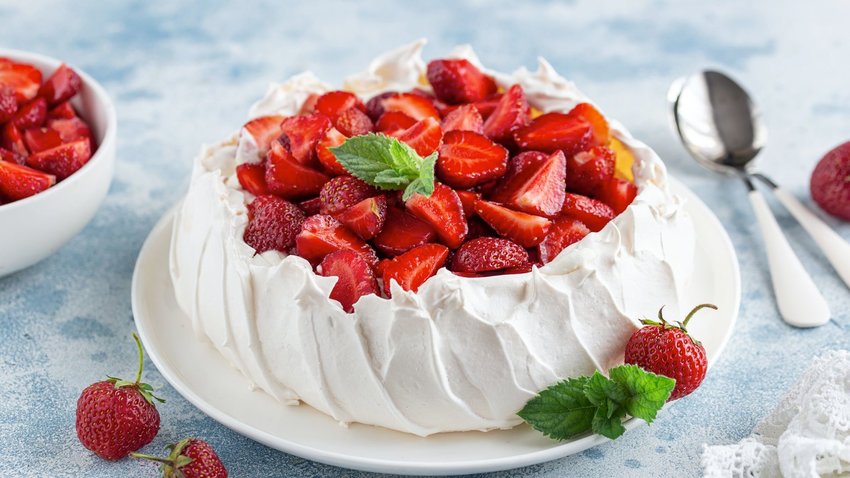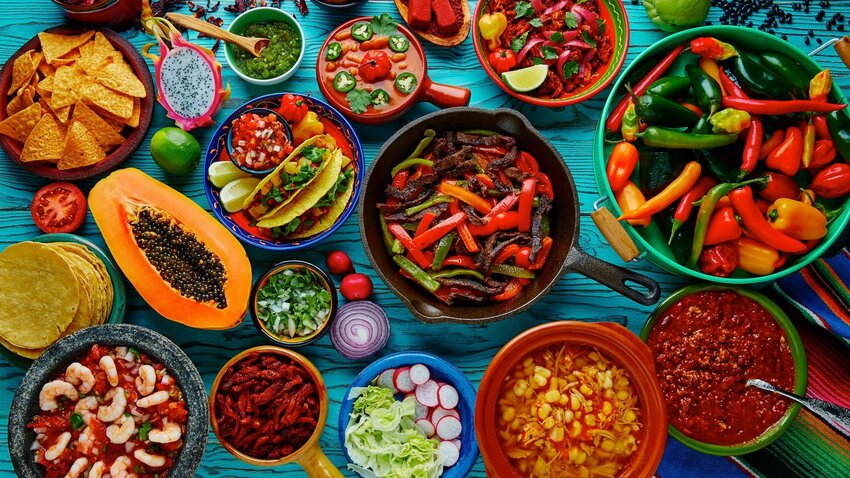Travel to Australia or New Zealand, and you can be sure that at least once during your trip you’ll come across the delicious dessert known as pavlova. But which of these two countries can call it their own? Here’s the story behind pavlova, and how to make it at home.
Australia and New Zealand’s Signature Dessert
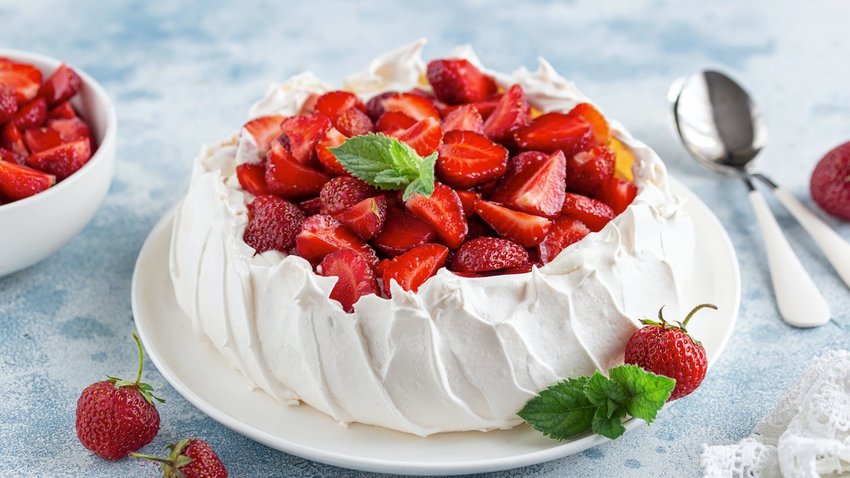
A confection worth travelling halfway round the world for, the pavlova – or pav, as it’s often dubbed – is a large meringue, soft in the middle with a crispy outer shell and topped with fresh fruit and whipped cream. The dish is perfect for summer, and as that falls in December in the southern hemisphere, it’s also a Christmas favorite. But this mouth-watering treat is eaten year-round, and its popularity is no longer confined to where it came from.
A Dessert Named After a Ballerina

In 1926, and again in 1929, the prima ballerina Anna Pavlova set off on a tour that would take her to the Antipodes. The Russian dancer brought with her dozens of dancers and a sizeable orchestra to wow audiences across Australia and New Zealand. Large crowds gathered to welcome her to each new city and the resultant media frenzy cemented Pavlova’s status as a global star. How better to honor her extraordinary talent than with a dessert created in her honour?
But Who Can Claim It As Their Own?
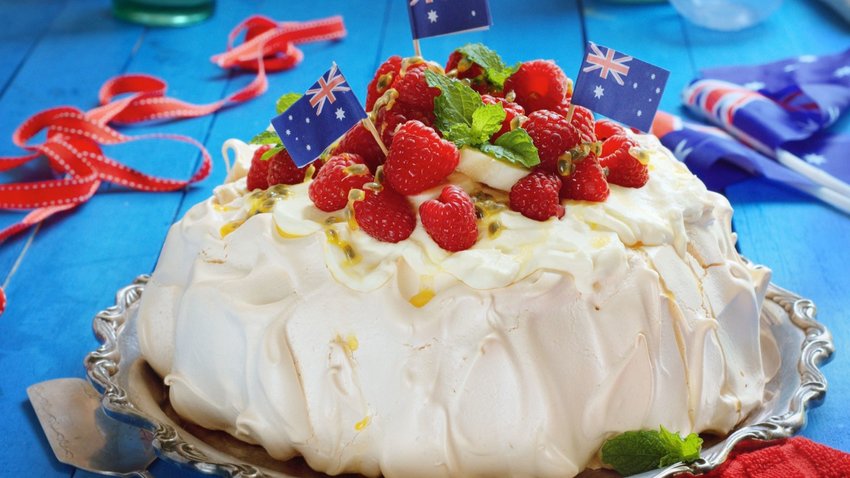
For decades, the Aussies and the Kiwis have perpetuated a light-hearted rivalry, each claiming the pavlova was invented in their country. A chef in Wellington, New Zealand, was said to have taken his inspiration from Anna Pavlova’s tutu to create a dessert commemorating the occasion of her visit.
On the other side of the Tasman Sea, several Australian recipes have been unearthed that could give the country a claim to the first pavlova. A 1922 recipe in the “Australian Home Cookery” book for a “meringue with a fruit filling” looks decidedly like a pavlova even if it doesn’t officially bear its name. Before that, there was a recipe for a pavlova-like cream cake, but again, crucially, missing the all-important name. Meanwhile, the first recipe that’s actually called pavlova comes from the Davis Gelatine Company. But that one was a multi-layered jelly – not a meringue in sight.
Enter the Austrians…
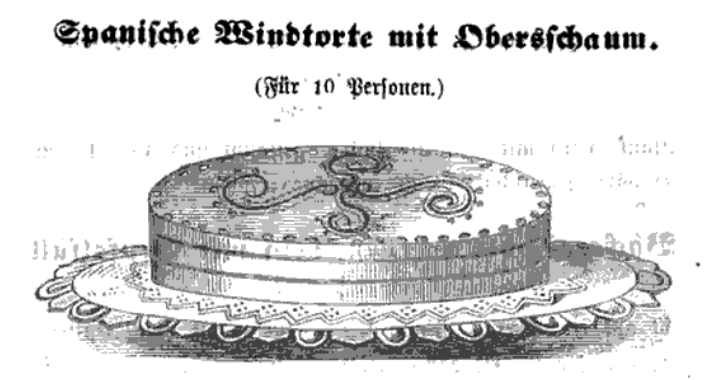
While the Australians and New Zealanders bicker, researchers representing both countries made a shocking discovery. Kiwi Andrew Wood and Aussie Annabelle Utrecht noticed a striking similarity to a dessert wealthy Austro-Hungarians had enjoyed during the Habsburg Empire. It was called Spanische Windtorte, and for all intents and purposes, it was the same as a pavlova.
Whoever Invented It, Is Sure Tastes Good
In all honesty, the most important thing about a pavlova is neither its name nor its origin, but its taste. It’s quite a straightforward process to make it at home following this recipe. First, you’ll need to beat egg whites until they’re stiff. This is easiest with a handheld whisk as you can feel the consistency changing, though you can speed up the process considerably with a stand mixer.
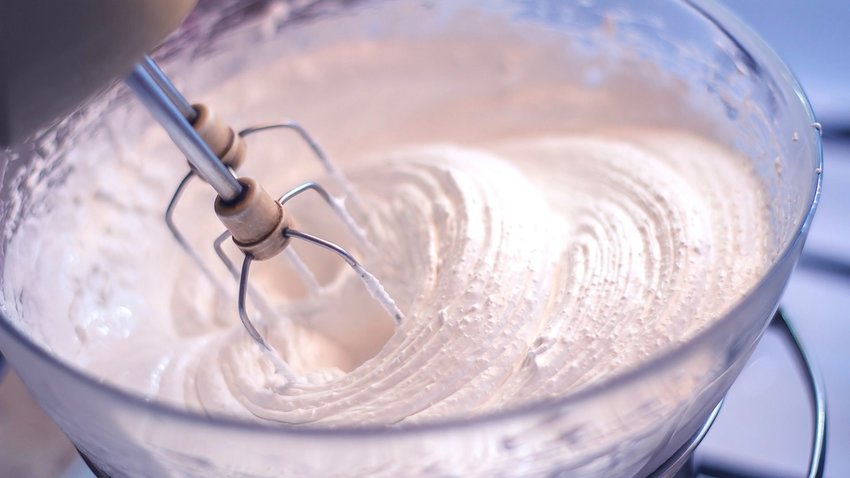
Gradually add caster sugar a little at a time. This will help increase the volume by beating air into the mixture. Add cornflour to stabilize the mixture and, some say, to produce the gooey center. Spoon the mixture onto a parchment paper-covered baking sheet, and smooth to a nest shape. Cook in a very cool oven. To avoid a catastrophic collapse, when the meringue is done turn off your oven, but leave the oven door closed. It will finish cooking without browning. Only take your meringue from the oven when it has completely cooled down.
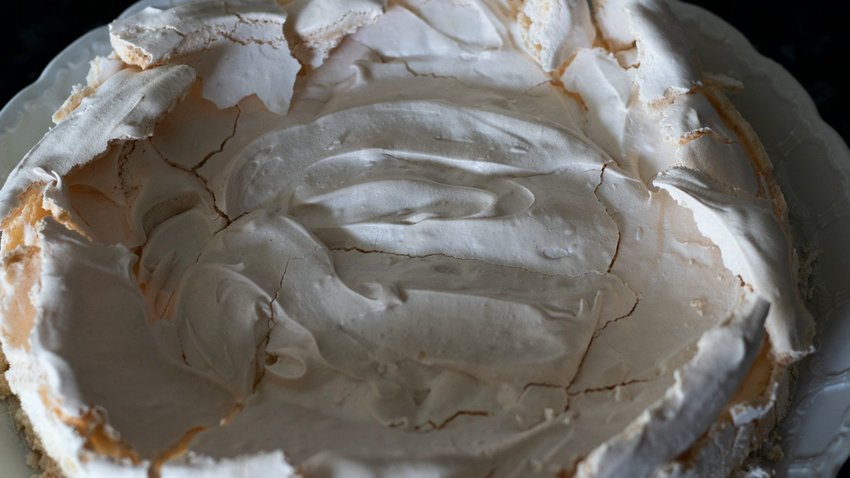
To finish off, whip double cream to soft peaks, and use it to either fill the nest or sandwich two meringue discs together. Top with a generous amount of fresh fruit, such as berries or passion fruit. Most importantly though, eat your pavlova right away. If left out, it will go soft, or someone else in your family will find it and eat the lot.

